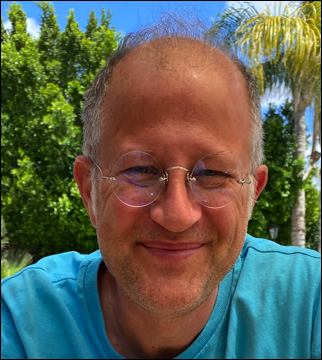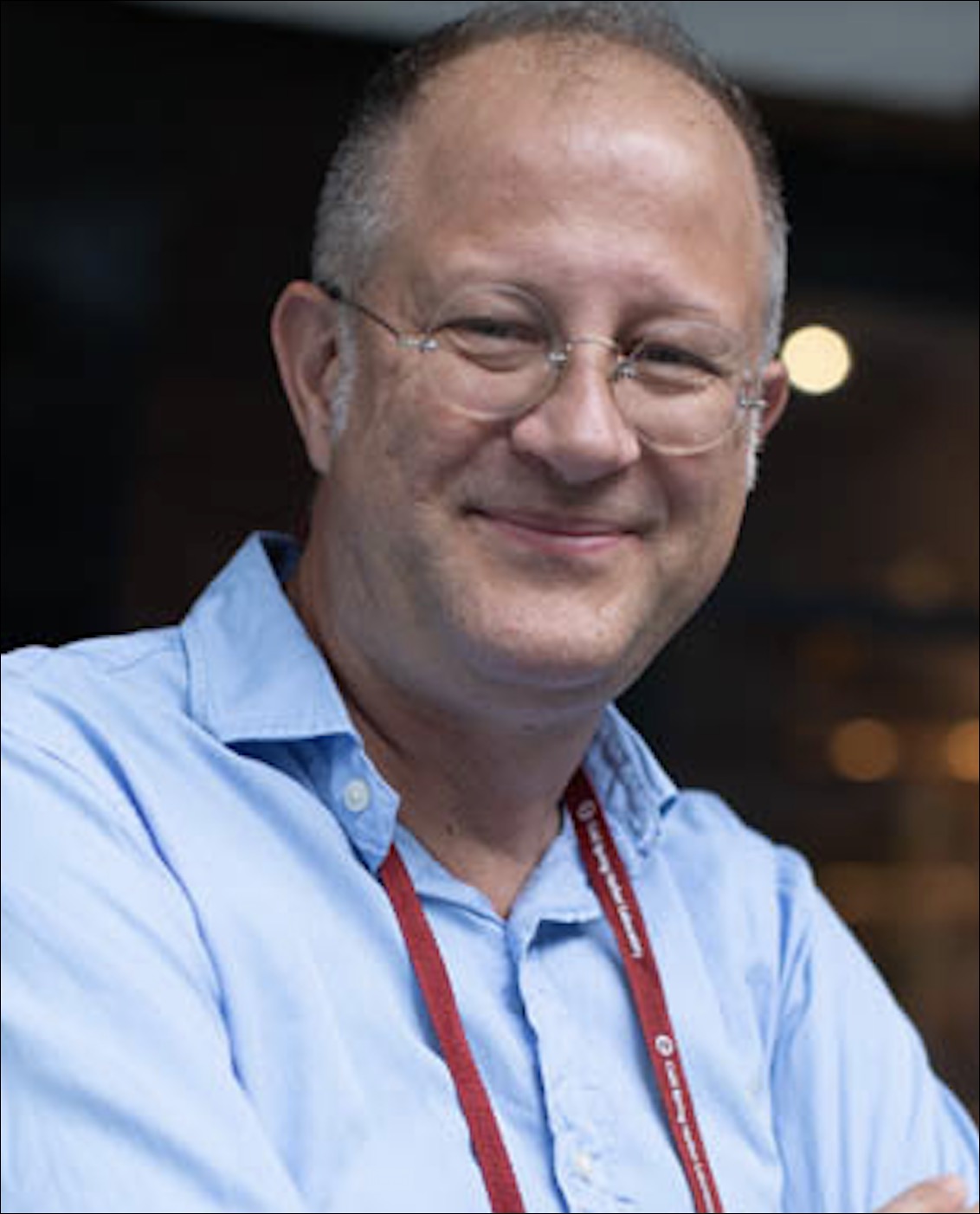
Marco Mangone
Associate Professor
Email: mangone@asu.edu
Education: Ph.D. Watson School of Biological Sciences, Cold Spring Harbor Laboratory
Marco Mangone joined the faculty of ASU in August 2011 after completing his Post-Doctoral Fellowship in the Center for Genomics and Systems Biology at New York University.
Dr. Mangone is interested in study how eukaryotic RNA transcription is terminated and how the messenger RNA is regulated on its way to the expression into proteins, using the wound worm C. elegans as model system.
C. elegans is a transparent, free-living soil nematode that shares many biological similarities with humans, and has been used to model many aspects of human biology, such as development, learning and memory, mechanisms of aging and cell death.
His research focuses to the analysis of 3'Untranslated Regions (3'UTRs); sequences located between the STOP codon and the polyA tail of mature messenger RNAs. 3'UTRs contain elements targeted by many non-coding RNAs and proteins that bind and repress the translation of the mRNA into protein. The majority of these elements are unknown, but they have been found to play key roles in diverse developmental and metabolic processes, and are implicated in disease, including diabetes, Alzheimer's and cancer.
Recent analysis of genome-wide data in human, mouse, worms, plants and yeast showed that alternative polyadenylation (APA), a mechanism in which the same gene has multiple 3'UTR isoforms, is pervasive in eukaryotes. It is not known why eukaryotic mRNAs require so many 3'UTR isoforms. Mangone suspect that APA provides a powerful regulatory mechanism, perhaps to regulate gene expression in a tissue-specific manner or in different developmental contests.
Dr. Mangone’s approach combines high-throughput genomics, bioinformatics, genetics, biochemistry and systems biology to answer the following fundamental question: How does the termination of transcription work in eukaryotes? What are the mechanisms behind alternative polyadenylation? Why is it so widespread in metazoan transcriptomes? How does it impact gene regulation at a post-transcriptional level? What are the mechanisms of 3'end formation that ultimately determine how a gene is regulated?
Classes:
- BIO 340 General Genetics
- BIO 492 Honors Directed Study
- BIO 495 Undergraduate Research
- BIO 494/598 The RNA World
- MCB 701 MCB Colloquium
Service:
- Biology Graduate Program Director (2019 - Present)
- Molecular and Cellular Biology PhD Executive Committee Member (2011 - 2019)
- ASU Residency Appeal Committee Member (2015-Present)
- ASU Senate Member (2015-2020)

